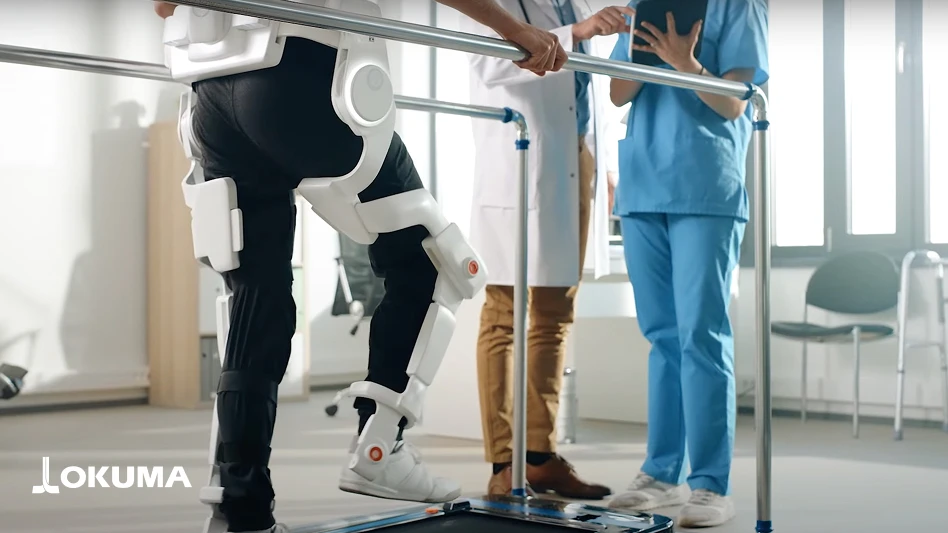
Video Player is loading.
Sending small electrical currents to the fingertips of someone operating a robotic arm can help surgeons during robot-assisted procedures, the researchers found.
Steady hands and uninterrupted, sharp vision are extremely critical when performing surgery on delicate structures, like the brain or hair-thin blood vessels. While surgical cameras have tremendously improved what surgeons see during operative procedures, the “steady hand” remains to be enhanced — new surgical technologies, including sophisticated surgeon-guided robotic hands, cannot prevent accidental injuries when operating close to fragile tissue.
Now, researchers at Texas A&M University show that by delivering small, yet perceptible buzzes of electrical currents to fingertips, users can be given an accurate perception of distance to contact. This insight enabled users to control their robotic fingers precisely enough to gently land on fragile surfaces.
Photo: Stimulation electrodes on the glove delivers distance information so that a user can touch a test object with just the right amount of force. | Credit: Dr. Hangue Park
Latest from Today's Medical Developments
- CUI Crash Course from Smithers
- Revolutionary implant harnesses electricity for healing
- Discover the advantages of Oerlikon's latest Surface Two technology
- #48 Lunch + Learn Podcast with OPEN MIND Technologies
- CERATIZIT achieves SBTi validation for emissions goals
- Applied Motion Products’ MLA & MEA series linear actuators
- Arterex expands portfolio with Xponent Global acquisition
- Meet the Digimar 814 C: precision and efficiency in metrology












